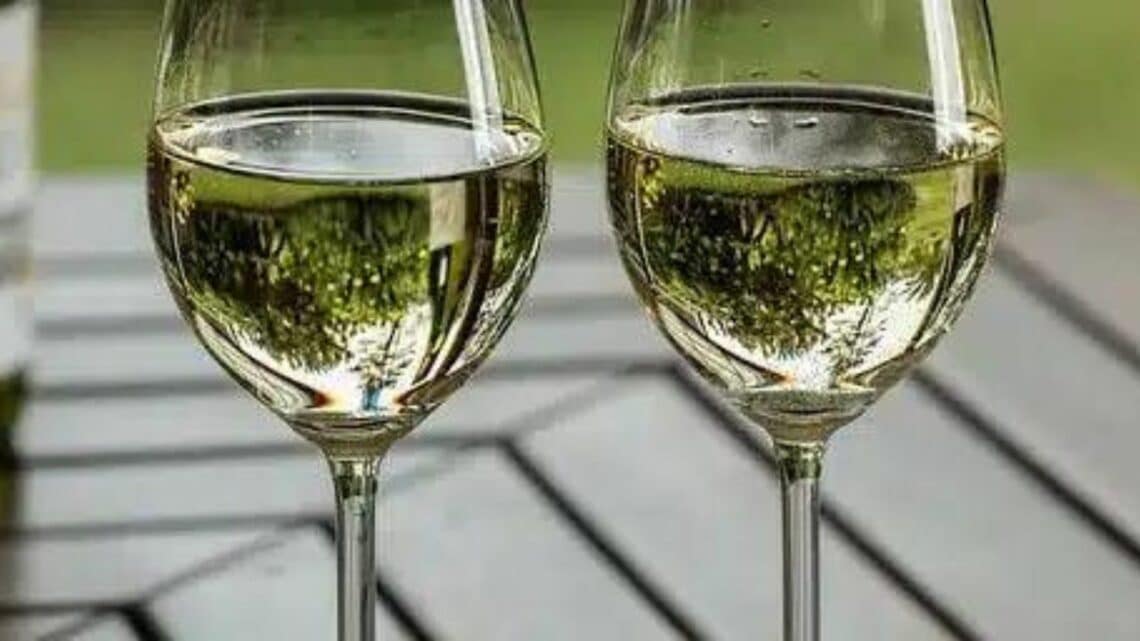
Is Riesling German or Austrian?
Riesling is a white grape with high acidity and susceptible to Botrytis (noble rot). It is very aromatic and the fruit characteristics vary according to ripeness : green fruit and citrus aromas to stone fruit, tropical fruit and dried fruits.
It can be harvested and vinified in many ways. Sweet Rieslings can be achieved by interrupting the fermentation or by adding sterile grape juice, that German call Süssreserve.
Riesling wines can be light to full bodied and are usually unoaked.
So Riesling is a very versatile grape variety and can lead to many different styles of wine.
Is Riesling German or Austrian? Let’s find out!
Riesling in Germany
Riesling is the most common grape variety in Germany.
Depending on the region and the site, it expresses itself very differently : dry or sweet, the aroma palette is wide too.
It ranges from delicate floral notes to a richer fruity character, such as peach. Dry Rieslings are usually recognised as quality wines.
By the way, many of the best are marked “Grosse Gewächs” (GG, trademark of the VDP -Verband Deutscher Prädikatsweingüter- and does not belong to German legislation).
Almost all Prädikatswein contain residual sugar, but up to the Auslese category they can be made in a dry style.
In the Mosel region, the productions comes from Mittelmosel (middle Mosel) in villages such as Pesport, Bernkastel and Wehlen. The best vineyards are located on very steep hillsides with slate floors, very close to the river.
The Rieslings produced there are generally lighter, lower in alcohol and with higher acidity than in other German regions.
In the Nahe, the Rieslings also offer a high acidity, with a riper fruity character, due to the milder climate.
In the Rheingau, a region protected by the Taunus massif in the north, the vines are mainly concentrated on the hillsides in the west of the region, around the villages of Johannisberg and Rüdesheim. There, the Rieslings are medium to very full-bodied, with fruity aromas marked by characteristic notes of ripe peach.
Thanks to the humidity due to the proximity of the Rhine, some of the best BA and TBA are produced.
The vineyards to the east of the region, on the Main, around the village of Hochheim produce mature, full-bodied read wines
In Pfalz, Germany’s second largest wine region, Riesling is also the most common grape variety.
To sum-up for Germany: Mosel (near the river) produces Rieslings that are light in body and have medium sweetness. Rheingau produces Rieslings that are drier and have more body. And Pfalz (protected by mountains) produces dry Rieslings with medium body.
Riesling in Austria
In Austria, Riesling is less widespread, and the best come from Wachau, Kamptal and Kremstal. Indeed, the star grape variety is Grüner Veltliner, but this doesn’t mean, there is no good Rieslings!
Rieslings are generally dry, medium to full-bodied, with primary aromas, ripe fruit, especially peach. The most successful ones age well in the bottle.
Riesling does not thrive in very warm areas, so it has difficulty in growing in Burgenland or Carnuntum.
In Lower Austria, Riesling tends to occupy the highest sites, as it needs less water than Grüner Veltliner, which is more at home down on the sappier and leavier loess and loam soils.
It needs primary rock and good exposure so it tends to be confined to top sites in Kremstal, Kamptal and Wachau. Indeed, if planted on the right soil (such as granite or gneiss), Riesling vines can lead to outstanding wines.
In the Wachau, it is the second most important variety, where it is generally grown on stony gneiss terraces, which are rich in minerals, such as quartz and feldspar.
In Krems, it grows on rocky gneiss soils near Pfaffenberg, Grillenparz, Kremsleiten and Kögl. They lead to excellent wines when grown on primary rock soils in Goldberg and Kirchensteig vineyards. These wines are spicy, mineral and persistent!
In Kamptal, Riesling delivers powerful wines when grown in Heiligenstein. There the soil is made of weathered sandstone with volcanic conglomerates (called perm). Through these fractured sandstone, the vine roots can descend in search of nutrients, hence the strong minerality found in those Rieslings. They can age for decades.
Heiligenstein has also a warm microclimate, where grapes usually reach a high sugar level.
It’s actually the only place in Austria where Riesling grows on perm.
To sum-up : Although Riesling is less widespread in Austria than in Germany, it can produce outstanding wines when grown on the right soil. You can mainly find such wines in Lower Austria and in Kamptal (Heiligenstein) more precisely.
Riesling around the world
In France, Riesling is mostly found in Alsace, where it is the most cultivated noble grape variety. The best are medium to full-bodied, dry, with a medium alcohol and high acidity. They have aromas of citrus and stone fruits as well as often, notes of wet stones and a strong character, but many today contain residual sugar.
In Canada, you can find good Rieslings, especially in Ontario, where it produces fresh, fruity, dry and off-dry white wines, as well as the finest ice wines.
Rieslings made in Australia are unique. Actually, Riesling used to be the most planted white grape variety. It was dethroned by Chardonnay in the 20th century.
When young, they present aromas citrus fruits that quickly evolve into notes of toast, honey, essence as the wine ages. These wines are usually unoaked, have a high acidity and are mostly dry, even slightly semi-dry, although there are some sweet wines.
They are often fermented at a low temperature in stainless steel tanks and bottled early.
The classic production regions are the Eden Valley and the Clare Valley, both in South Australia. The Frankland River sub-region of Western Australia and Tasmania are also building an excellent reputation with their Rieslings. Their wines are more floral, with less pronounced citrus notes.
New Zealand is also starting to produce wines from Riesling. Let’s see how that goes!
Where does Riesling come from?
Although Germany is mostly pointed out for being the birthplace of Riesling, its history says a little fuzzy. The first recording of Riesling is in 1435, when several vines were sold to German count.
It was then mentionned in several books under the name Rießlingen. Hieronymus Bock even mentions it in his book Herbal, written in 1546.
Riesling became for and more popular. In 1787, the Archbishop of Trier even ordered that all bad vines should be replaced with Riesling. in the 1850s, Riesling wines were even more popular than Bordeaux or Champagne wines!
Ampelographers say that Riesling is a crossing between Gouais Blanc, a French variey which also gave birth to Chardonnay, Petit Verdot, Chenin Blanc and Muscadelle. It’s other parent is a crossing between a wild vine and Traminer. Its birthplace would be in the Rhine Valley since Gouais Blanc (know as Heunisch in Germany) and Traminer have a long documented history in Germany.
But since one parent is French and the other German and it was born at the border of both these countries, couldn’t we say it’s half German and half French?
Conclusion : Is Riesling German or Austrian?
Anyway, to come back to the original question : Riesling is more German than Austrian, when it comes to its birthplace, that’s for sure. However, both countries produce extraordinary Rieslings.
Moreover, Riesling is a “terroir-effect” grape variety. This means, it is very sensitive to the soil the vines are planted in and this can change radically the style of the wines produced.
What are your favourite Rieslings?




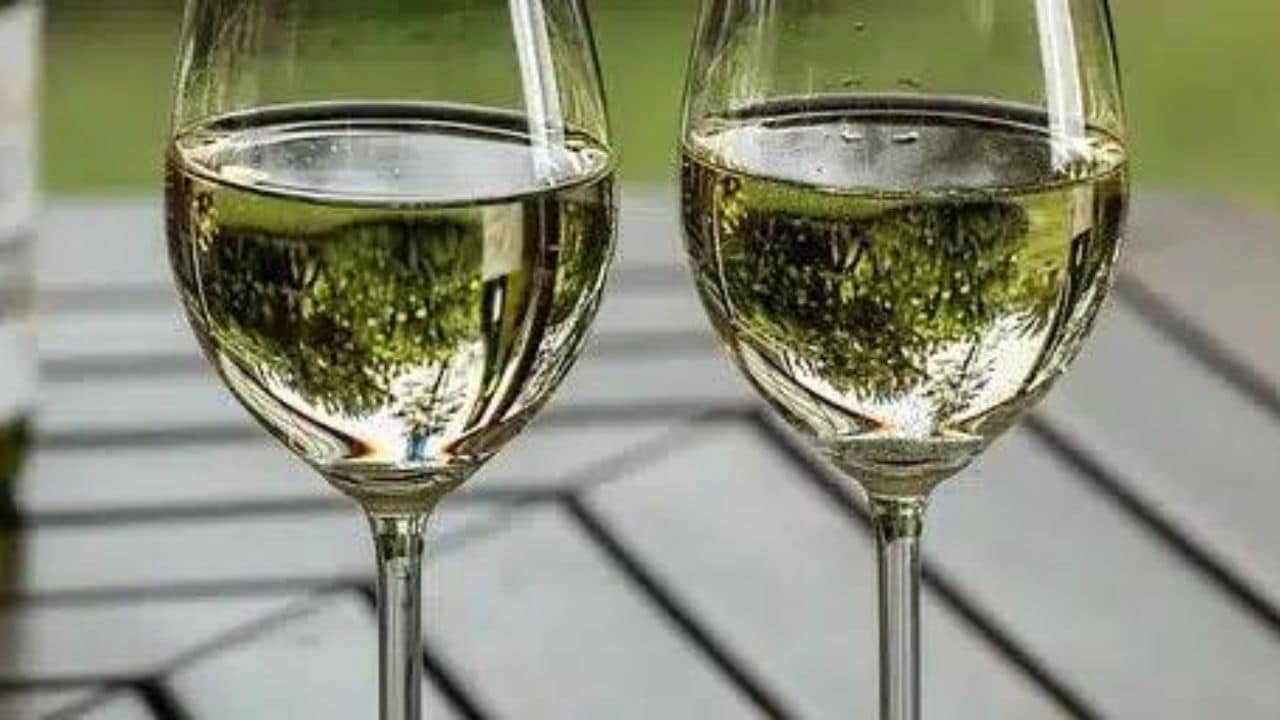
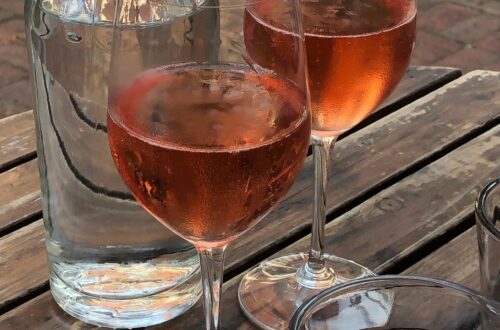
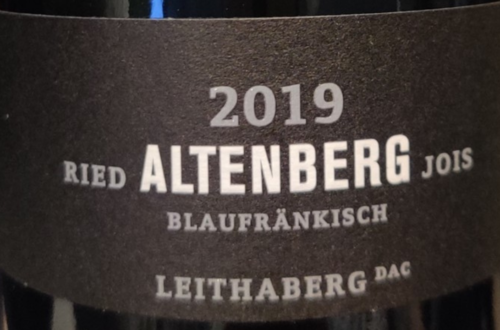
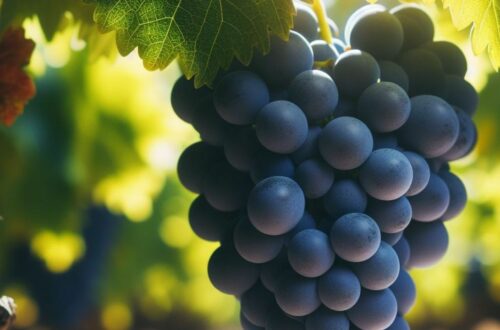
2 Comments
Franck MULARD
I prefer Austrain rieslings
Mademoiselle
I do to! I like a dry Riesling, especially from Nussberg and Preussen!